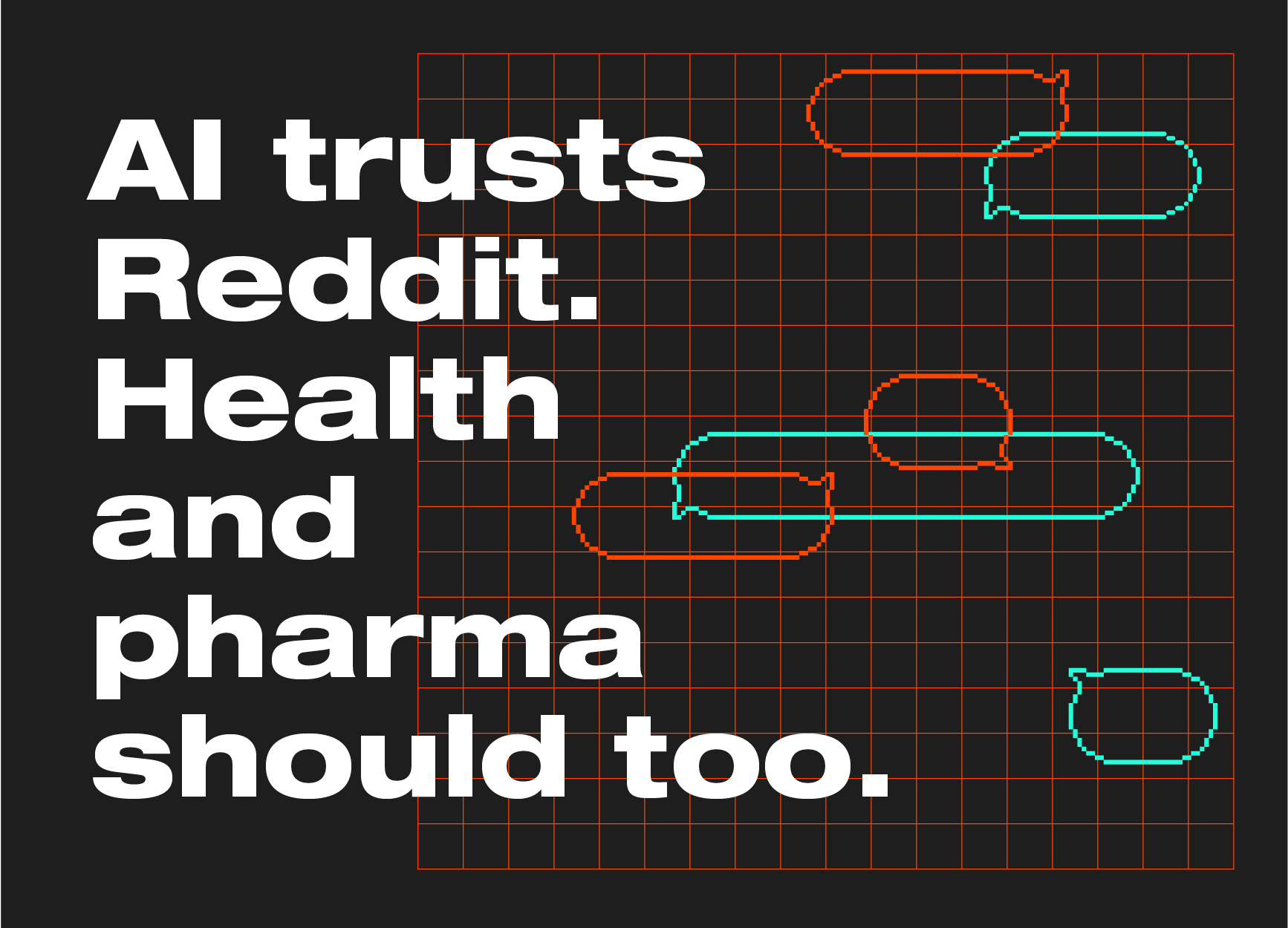AI’s changed the game for earned media: are you keeping up?
As we celebrate the shortlisted entries in the run-up to Communiqué 2025 (go team!), my suspicion is that next year, those entries will take a very different shape... The reason? AI has quietly and completely changed how we find information.
If you missed it, don’t feel bad. It happened so quickly and thoroughly over the last few years that we barely recognised it was happening until it was already done.
Generative search, zero-click results and AI summarisers are here and they’re here to stay, leaving most of us with some whiplash and a lot of questions. These tools have reshaped the way audiences (and algorithms) engage with content and, wow, that is a very big deal when it comes to PR.
If you're thinking about the value of earned media in terms of impressions and message pull-through – and let’s be honest, most of us still are – you might be missing something.
From SEO to GEO
Before I talk about earned, I should take a step back. Historically, any paid, shared and owned content elements of the PESO model would be optimised to perform in traditional search (SEO) with a simple goal in mind: to get traffic to our clients’ sites.
Suddenly, the game has changed. Google’s search experience, Perplexity, ChatGPT and others don’t deliver content; they deliver answers. These tools summarise content in the search layer itself, pulling from “trusted” sources to generate responses that plenty of readers are perfectly happy to accept at face value.
This has created a complicated new dynamic.
All that content is less valuable than it once was – partly because people aren’t clicking through to it, and partly because the AI summarisers find it less valuable, so they don’t always include it.
What content do the summarisers prefer? They prefer earned media. And this lies at the heart of GEO: optimising content for generative engines that summarise the web. Unlike SEO, which aims for clicks, GEO is all about presence in summaries.
The Credibility Engine
So, is this going to change how we work or how our clients value earned coverage? I’m going to hedge my bets and say yes and no.
Earned media has always been about trust and third-party validation, and that’s always been central to our role as communications professionals. But while this hasn’t changed, the value of earned has gone way up.
Until recently, a good article in a solid publication might have been a nice indication that your client’s story and your team’s pitching was having the desired impact. You might have sent it over as part of a coverage report and not thought about it again.
Today, that article is pulling double duty. It’s credibility fuel for machines that prioritise sources that are:
- Authoritative (e.g. major media and niche trade outlets with strong reputations)
- Structured (quotes, stats, clear attribution)
- Referenced
Now, when your client’s brand is featured in quality earned coverage, you’re not just building reputation with humans; you’re feeding the algorithms that decide what shows up in generative search results.
Humans + Machines
This new reality means rethinking our typical comms strategies, given that they now serve two audiences:
- People: Who want stories, emotion and insight.
- Machines: Which prefer structure, clarity and plenty of references.
Agencies need to focus on stories that include the metadata and clarity of thought that resonate with both audiences. Press releases already tend to follow a structured format, at least in healthcare, but improvements can be made, and we should be ensuring our pitches to media include the story set alongside quotable stats and clear takeaways.
At the same time, we need to keep investing in relationships with high-authority outlets, not only for prestige but for digital permanence. This could mean reassessing which media relationships we’re prioritising and why. Are we getting clients in the right titles not just for their key audiences, but for search engines and summarising bots as well?
Lastly, and perhaps most importantly, we need to take a long, hard look at measurement. Success today means visibility within AI-generated summaries, making the right credibility signals and assisting machine-preferred structure within the coverage we’re receiving.
In a nutshell, the PESO model isn’t broken, but it’s definitely been rebalanced.
Next year’s Communiqué entries might not only be judged by how many people engaged with their stories, but by how many machines did.



